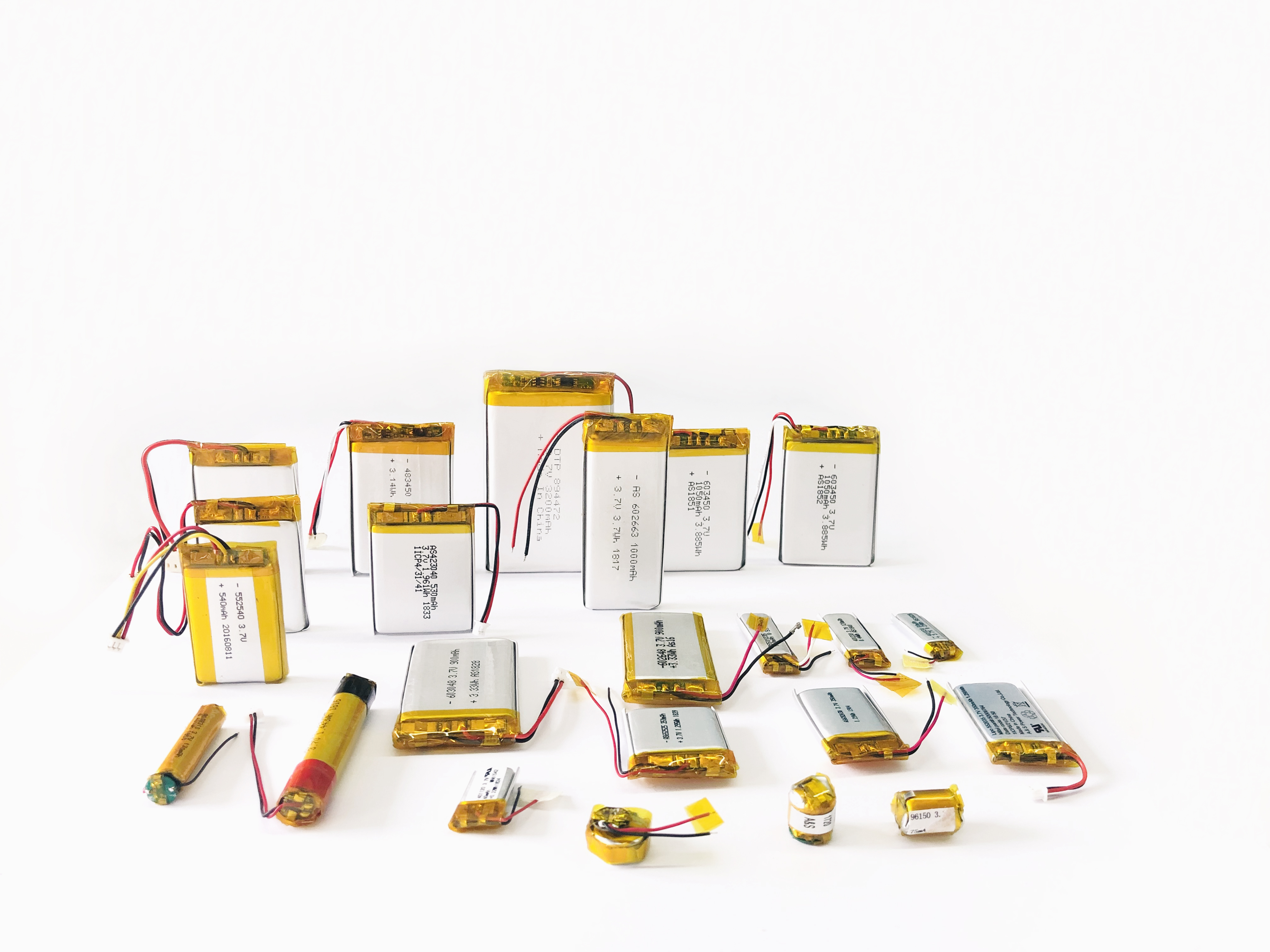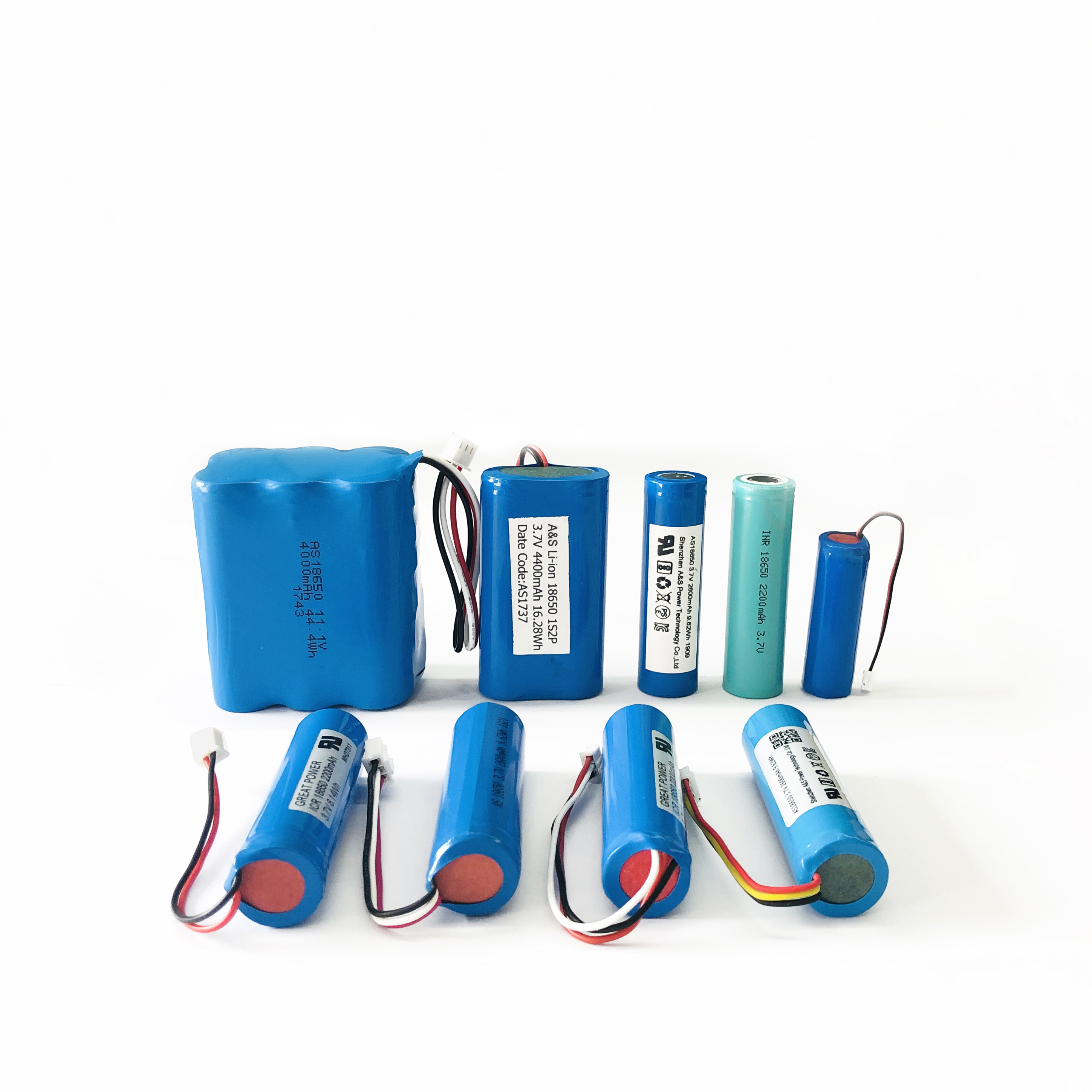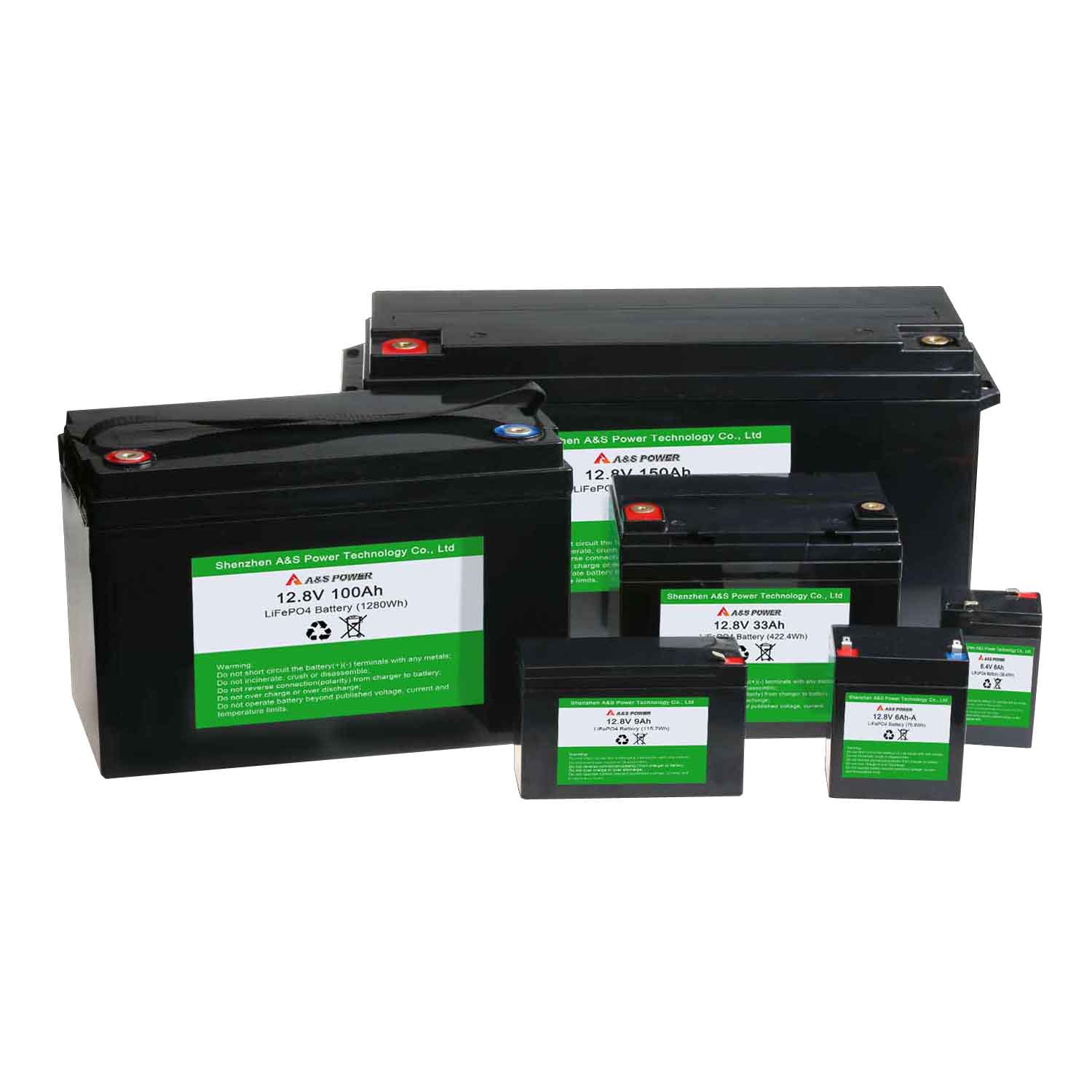New generation of lithium-ion batteries could hold more charge—without catching fire
2021-07-02
Lithium ion batteries contain three main components: two charge-storing electrodes and a liquid organic electrolyte that separate them. The electrolyte ferries lithium ion battery back and forth between the electrodes during charging and discharging, but they’re flammable.

In recent years, researchers have experimented with replacing these organic electrolytes with solid electrolytes or water-based versions that can’t catch fire. But if the operating voltage of these water-based batteries exceeds 1.23 volts (V)—below that of even a 1.5-V AA battery—electrode materials can react with water molecules, splitting them into hydrogen and oxygen gases, often with explosive results. Yet when researchers stay below the 1.23-V threshold, they end up with batteries that store far less energy than traditional lithium-ion cells, which operate at about 4 V.
Hope for an alternative arose in 2015, when researchers led by Chunsheng Wang, a materials scientist at the University of Maryland in College Park, reported they created a novel salt-rich water-based electrolyte. This water-in-salt electrolyte (WiSE) promotes the formation a protective solid shield around the electrodes that prevented them from ripping apart water molecules in the electrolyte’s interior. But the electrode materials in those batteries could only muster 3V.
Prospects brightened in 2017, when Wang and colleagues reported they had come up with a positively charged electrode, or anode, material that was compatible with 4-V operation and worked with the WiSE. That just left them to address the negatively charged electrode, or cathode.
Now, Wang and his colleagues have done just that. They report today in Nature that they’ve come up with a graphite-based cathode that works with the WiSE at 4 V and above. The new electrode material includes bromine and chlorine, and it ends up protected from the water-based electrolyte by locking reactive electrode materials in solid salt particles around the electrode. The battery starts with lithium bound up in solid lithium-bromine and lithium-chloride salt particles surrounding a graphite electrode made up of layers of carbon atoms. When the battery charges, bromine and chlorine atoms ditch their lithium partners, give up electrons to the cathode, and wedge themselves between graphite’s carbon layers, forming another nice tight solid. The voltage difference between the two electrodes then drives the positively charged lithium ions through the water-based electrolyte to the anode, where they meet up with electrons provided by an external circuit.
When the battery discharges during use, the lithium ions give up those electrons and reverse course to the cathode. The electrons travel back through the external circuit to the cathode, where bromine and chlorine atoms grab them and end up with a negative charge. This charge causes them to diffuse back out of the graphite. The lithium ions then snag them, reforming the solid salt particles that stay put until the next round of charging.
Wang and his colleagues note that gram for gram, their cathode materials already have about 30% greater charge storage capacity than conventional cathode materials. But it remains to be seen whether the full batteries, including the new electrolyte, will end up holding more energy than commercial versions.

Even if they don’t, the new WiSE batteries would not require cobalt, a toxic metal in conventional lithium-ion cathodes. Cobalt mining has been tied to widespread deaths of miners—often children—in the Democratic Republic of the Congo, where the rare metal is relatively abundant. That would make the batteries safer for not only consumers, but miners and the environment as well.
Above news is reproduced from Science, If there is any infringement, please contact to delete.












